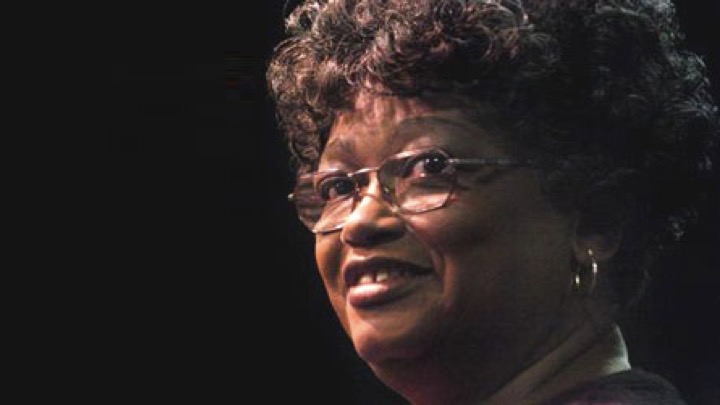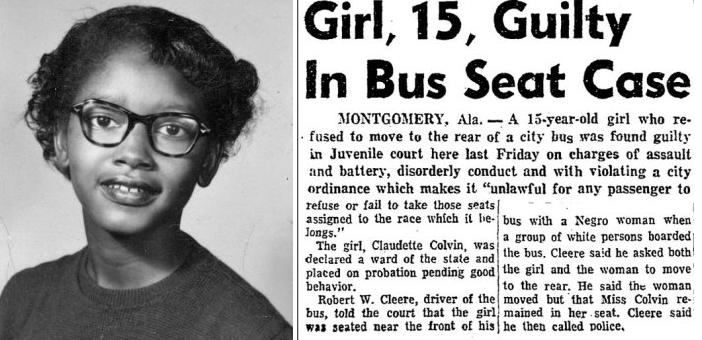
Rosa Parks and her defiant act of refusing to give up her seat in December 1955 in Montgomery, Ala. undoubtedly helped push the Civil Rights Movement forward. Nine months before that heroic incident however, Claudette Colvin stood up for her right to sit where she pleased on a segregated bus yet her story was cast aside.
Colvin was a 15-year-old resident of Montgomery’s King Hill neighborhood and attending a segregated Booker T. Washington High School when she was arrested for refusing to give up her seat on a bus in Capitol Heights on March 2, 1955. That day, Colvin's class had just talked about the injustices they were experiencing daily under Jim Crow segregation laws.
She remembers telling the bus driver, “'It’s my constitutional right to sit here as much as that lady. I paid my fare.' All I remember is that I was not going to walk off the bus voluntarily."
Colvin shared in interviews that she and her classmates at the time were fresh from studying historic figures for Negro History Month and often discussed the injustices of Jim Crow at the time. She also added that during the terrifying moment when she was asked to move from her seat that the spirits of Sojourner Truth and Harriet Tubman held her down.

Colvin went to court and continued to push for social justice as one of five plaintiffs in the Browder v. Gayle case that ruled Montgomery bus segregation unconstitutional.
After being hauled off to jail, Colvin expressed that she was afraid for her life as she didn’t trust white people in the city and their intentions for her. However, her time in the city jail was brief as her minister bailed her out. The NAACP caught word of Colvin’s case and considered using the moment to advance their cause.
But, what worked against Colvin, according to her words and other accounts, is that she was too young, too poor, and pregnant.
She hardly ever told her story when she moved to New York City. In her new community, hardly anyone was talking about integration; instead, most people were talking about black enterprises, black power and Malcolm X.
When asked why she is little known and why everyone thinks only of Rosa Parks, Colvin says the NAACP and all the other black organizations felt Parks would be a good icon because "she was an adult. They didn't think teenagers would be reliable."
She also says Parks had the right hair and the right look. The organization needed a figure who fit a more middle class narrative and seemingly moved away from Colvin. Civil rights leaders were also more impressed with...
... Parks, who carried an air of refinement that the young Colvin had yet to embrace.
"Her skin texture was the kind that people associate with the middle class," says Colvin. "She fit that profile."
Parks became a civil rights icon when she refused to give up her seat on the Cleveland Avenue bus nine months after Colvin was arrested for the same act. In author Phillip Hoose's 2009 book "Claudette Colvin: Twice Toward Justice,” Colvin was quoted as saying, “My mother told me to be quiet about what I did. She told me to let Rosa be the one: white people aren't going to bother Rosa, they like her.”
Like many who lived through and have studied the civil rights movement, this isn't a matter of one person's actions being any more important than the other. They were both crucial to the achievement of freedom and rights for black Americans.









